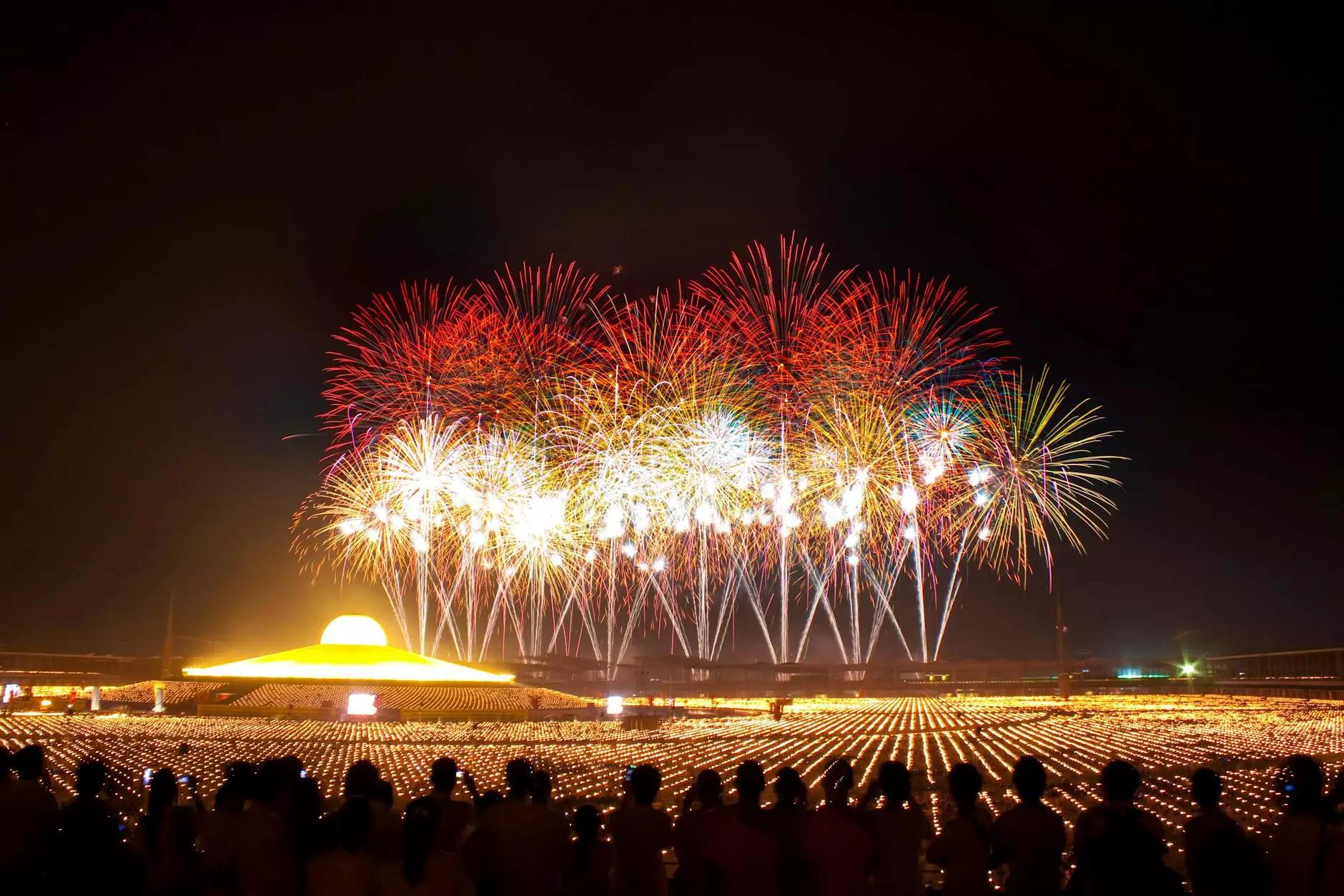The Transformative World of Lighting Installation Artists

In the realm of arts and entertainment, few elements are as essential yet often overlooked as lighting. The role of lighting installation artists transcends mere illumination; they are the visionaries who wield light to sculpt spaces, evoke emotions, and tell powerful stories. This article delves into the fascinating world of lighting installation artists, exploring their techniques, inspirations, and the profound impact they have on our environments.
What Makes a Lighting Installation Artist?
A lighting installation artist is not merely a technician who sets up lights; they are artists in their own right. They blend technology, design, and creativity to produce immersive experiences. Here are some key attributes that define a top-tier lighting installation artist:
- Creative Vision: The ability to conceptualize and execute ideas that transform spaces through light.
- Technical Expertise: Knowledge of lighting technology, including LED systems, lasers, and smart lighting.
- Collaboration Skills: Working alongside architects, interior designers, and clients to bring cohesive visions to life.
- Adaptability: The flexibility to adjust designs based on venue specifics and evolving artistic styles.
- Attention to Detail: A discerning eye for how light interacts with materials, textures, and colors.
The Artistic Process: From Concept to Creation
The journey of a lighting installation artist begins long before the lights are turned on. Here’s an in-depth look into the artistic process:
1. Understanding the Space
Every project starts with a thorough understanding of the physical space. Whether it’s a gallery, a corporate office, or a public space, the artist considers:
- Architectural Features: Columns, walls, and open areas that can enhance the lighting design.
- Purpose of the Space: Understanding how the space will be used influences design decisions—concerts, galleries, events, etc.
- Existing Lighting: Analyzing natural and artificial light sources provides insight into the best strategy.
2. Concept Development
Armed with insights from the initial assessment, the artist begins crafting a lighting concept. This phase often includes sketching out ideas, making mood boards, and even using 3D modeling software to simulate the lighting effects. The goal is to create a cohesive narrative that aligns with the client’s vision.
3. Technical Planning
The technical execution phase involves selecting appropriate materials and technologies. Artists often consider:
- Light Types: Choosing between incandescent, fluorescent, LED, or even projection technology.
- Control Systems: Integrating smart lighting solutions that allow for dynamic control of brightness and color.
- Installation Techniques: Deciding how to mount lights, hide wiring, and ensure safety.
4. Installation
Installation is where the artist’s vision comes to life. Skilled technicians work alongside the lighting artist to carefully place and test each element. Collaboration is crucial here, as adjustments might be necessary to achieve the desired outcomes. The installation phase culminates with finding the perfect balance of light, shadow, and color.
5. The Final Reveal
Once the installation is complete, the final reveal is not just about turning on switches; it’s an event. The artist often orchestrates a presentation that showcases how the lighting transforms the environment. Visitors get to experience the change, and the artists often gather feedback, which can influence future projects.
The Impact of Lighting Installation Art
The influence of lighting installation artists is profound and multifaceted. Here are some key areas where their work has made a significant difference:
1. Enhancing Artistic Expression
In galleries and performance spaces, lighting serves as an integral part of the artwork. Installation artists like Grimanesa Amorós use light not only to illuminate but to enhance the emotional resonance of their pieces. The interplay of light can elevate a simple piece of art into an extraordinary experience.
2. Transforming Public Spaces
Public installations, such as those found in parks or urban areas, engage the community and encourage interaction. Lighting installation artists create destinations that people are drawn to, often resulting in increased foot traffic and a more vibrant public life.
3. Influencing Architecture
Leading architects often collaborate with lighting artists to incorporate light as a design element. The right lighting can emphasize structural lines, highlight features, and even influence how a space feels. This synergy leads to innovative designs that captivate visitors.
4. Promoting Environmental Awareness
Many lighting installation artists are committed to sustainability. They use energy-efficient technologies and consider the environmental impact of their work. These eco-conscious approaches not only enhance the aesthetic but also promote awareness of environmental issues.
Exploring Innovations in Lighting Installation
The field of lighting installation is constantly evolving. Here are some exciting innovations shaping the future of this art form:
1. Smart Lighting Technology
The rise of smart lighting systems allows for unprecedented control over environments. Lighting installation artists can create dynamic installations that change in response to user interactions or ambient conditions, making the art piece a living, breathing entity.
2. Sustainability-Wise Designs
Innovations such as solar-powered lights and biodegradable materials are gaining traction. Artists are increasingly considering the full lifecycle of their installations and opting for options that minimize environmental impact.
3. Interactive Installations
With advancements in technology, installations are becoming more interactive. Audiences can influence lighting changes through movement or sound, creating a participatory art experience that fosters a connection between the viewer and the artwork.
4. Augmented Reality (AR) Integration
AR technologies allow audiences to visualize changes in lighting before they occur. This capability enhances the planning stage for artists and provides a new dimension of engagement for the audience by layering digital information onto physical spaces.
Conclusion: The Visionaries Behind the Light
Lighting installation artists play a pivotal role in how we experience spaces. Their ability to blend creativity with technical skill results in unique environments that resonate deeply with individuals and communities alike. As we move into a more technologically advanced era, these artists will continue to push boundaries, exploring new mediums and methods.
Whether in a simple gallery or a vast public installation, the impact of lighting can transform perceptions and emotions. So the next time you walk into a space that takes your breath away—from the warm glow of a cozy café to the dynamic light show at an art exhibit—take a moment to appreciate the lighting installation artists behind it. They are the creators who illuminate our world, one installation at a time.









